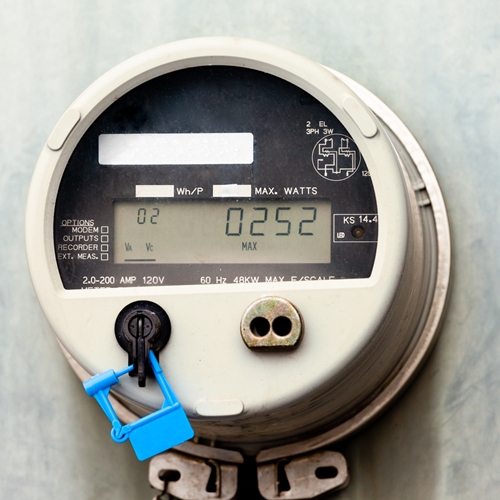One of the benefits of the rampant technological progress experienced over the past several years has been the widespread availability of data. Information has always been a valuable asset for organizations, but the recent influx of data has led to new opportunities to improve a wide range of institutions and services. The use of information within utility environments and energy systems remains one of the most promising forms of data analytics emerging today. With the help of new data points, organizations can develop smart grids capable of providing real-time access to numerous metrics and insights.
The benefits of such a drastic infrastructure overhaul have even caught the attention of the federal government. The Office of Electricity Delivery & Energy Reliability noted that many utility companies continue to rely on manual data gathering processes which have not changed substantially in approximately 100 years. However, these organizations now have the technological resources to collect this information from a variety of sources with much greater ease. This way, utility companies can more efficiently use available electricity and provide better services to the nation's populace.
"[Computerizing the electric grid] includes adding two-way digital communication technology to devices associated with the grid," the agency stated. "Each device on the network can be given sensors to gather data (power meters, voltage sensors, fault detectors, etc.), plus two-way digital communication between the device in the field and the utility's network operations center. A key feature of the smart grid is automation technology that lets the utility adjust and control each individual device or millions of devices from a central location."
There are numerous benefits to smart grid technology beyond the increased data visibility, including boosting cybersecurity, more effectively using renewable energy sources and easily integrating new components with the grid. Given the advantages to transitioning to a smart grid system, federal and state government entities alike have taken steps to facilitate this development. For instance, Congress passed legislation in 2007 to further support the Department of Energy's efforts to spread smart grid infrastructure across the U.S.
Push for smart grid tech continues
On the state level, numerous government bodies have pushed privately owned utility companies to pursue smart grid technology. For example, Massachusetts' Department of Public Utilities recently directed the state's major utility companies to submit detailed plans outlining their intentions to transition to smart grid systems over the next 10 years. According to Greentech Media's Jeff St. John, these documents are required to include information regarding a wide range of features such as automated meter reading, outage detection and power quality.
One of the main benefits to smart grid technology is the capacity to better control the distribution of electricity and prevent expensive blackouts from occurring. Writing for National Geographic, Massoud Amin, professor of electrical and computer engineering at the University of Minnesota, stated that power outages cost the U.S. economy anywhere from $80 billion to $188 billion each year. Modernizing energy grid infrastructure would address many of the issues contributing to these electrical disruptions.
LiveScience's Marc Lallanilla reported that emerging smart grid technology possesses a "self-healing" capability that would allow systems to automatically identify power failures and minimize their effect on end users. Amin explained that this feature could even go so far as to eliminate any adverse results from a potentially severe energy fluctuation.
"The self-healing grid can reduce power outages, minimize their length, detect abnormal signals (whether it's cyberattacks, material failure, human error or a storm that is beginning to blow), make adaptive reconfigurations to the system and isolate disturbances to eliminate or at least minimize their impact on the larger system," said Amin, according to the source.
High-quality assets needed for smart grids
Smart grid technology is incredibly complex, however, requiring organizations to ensure that every component and part is providing optimal performance. Furthermore, given the reliability and durability demands of these systems, only the highest-quality equipment should be implemented so as to maximize the hardware's shelf life. These needs extend to even the smallest pieces within smart grid systems, including SD cards. Flash-based NAND memory has long been used by industrial operations because of its substantial performance benefits and ability to withstand harsh operating conditions. These same features make the platform ideal for smart grid deployment, but utility operators will want to be sure they have the right tools for the job.
Panasonic's line of Industrial SD cards represent the new benchmark for storage devices of this kind. With error detection and correction capabilities along with bad block management features, these tools offer unparalleled reliability when in operation. Furthermore, static wear leveling helps these devices to keep running for years, reducing the amount of maintenance required for complex systems such as smart grids.
DIGISTOR is one of the premier providers of Panasonic's high-performance SD cards, with industry experience that customers can lean on in order to make an informed investment. With DIGISTOR by their side, utility operators can be sure that they have just the right components to power their energy meters, power control systems and other smart grid equipment.


Recent Comments